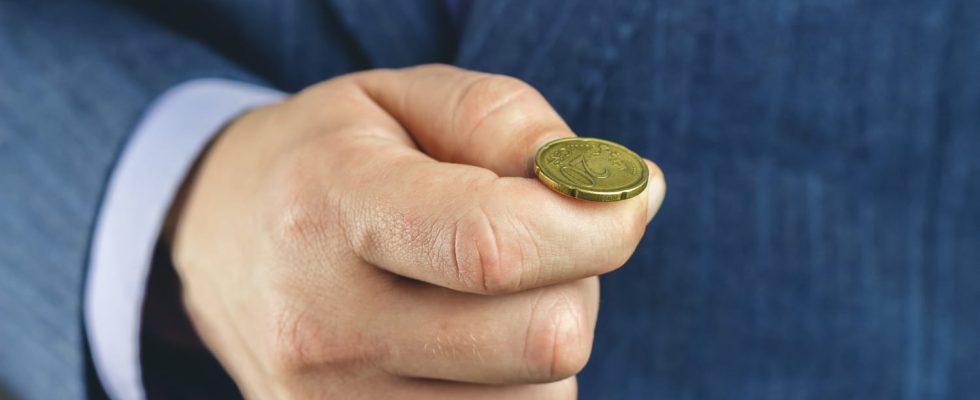Are you used to flipping a coin to fairly resolve a dilemma or start a game? Be careful, there is more than just chance in this coin toss.
It has become for centuries – perhaps even for a few millennia – a simple solution to resolve small dilemmas or simply to know who is going to start a game: presto, we throw a coin in the air while betting on the face which will be visible once it has fallen. The coin toss is a very convenient and easy to set up draw.
It’s used by everyone: for a decision to make with friends, to resolve a matter of conscience, even to keep the children busy. And this is very common in sports. Even referee Ben O’Keeffe used a coin toss to organize the kick-off of France – South Africa in the Rugby World Cup…
We are all pretty convinced that coin tossing is a perfectly fair method, because the probability of the coin landing either heads or tails is 50% for each. This is an absolute scientific truth. However, recent research by František Bartoš and his team at the University of Amsterdam calls this idea into question.
According to this study, which required 350,757 tosses in 46 different countries, coins actually tend to land on the same side from which they were thrown into the air! This discovery confirms a theory stated 15 years ago by a statistician and magician named Persi Diaconis, who already suggested that the coin toss was biased.
But why then? In reality, when hand tossing, the coin does not rotate perfectly around a fixed axis like in a physics model. Spinners introduce, without necessarily knowing it, oscillations or “precessions” that cause the coin to spend more time in the air with the same initial face up. And this increases the chances that it will land on the same side as when it started.
The data from this new study therefore reveals a bias, although it can vary considerably from one person to another. The bias can be enormous, on the order of 60% in favor of the initial side among some throwers, while others toss the coin with little (or no) bias.
The way in which launchers create these biases is not yet very clear, future research will be necessary to better understand this phenomenon, which relates to ballistics. It is also important to note that the coins do not show any bias toward heads or tails aside from this effect.
In any case, all this raises an interesting question: can knowing this bias benefit pitchers? Researchers have explored this possibility by looking in particular at betting scenarios. And they cautiously think so. When the stakes are high, they therefore suggest hiding the starting position of the coin before choosing heads or tails, to avoid giving an unfair advantage to one of the participants!
